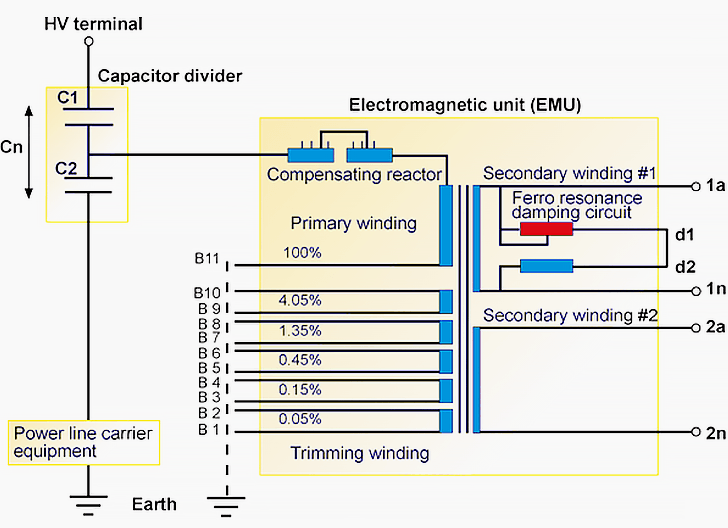7 guide lines to correctly select circuit breaker
Selection of rated circuit breaker //
The general procedure for the selection of correctly rated circuit breaker follows the following scheme of seven major questions you should answer:
1. What is the task of the branch circuit or feeder?
Will it be used for the protection of connecting leads, protection of installation, group-protection or motor protection? Select the appropriate circuit breaker type, with or without the thermal overload protection. Decide which type of protective characteristic (cable or motor protection).
2. Which rated current / setting range?
Do the setting ranges of the thermal and the magnetic release cover the requirements of the particular application (protection of transformer or generator)?
The setting ranges of the various sizes of circuit breakers are overlapping. The same current settings may be partly covered by more than one size of circuit breakers (as for example 80 A setting can be covered by two or more CB sizes, 100A or 125A).
The following features depend on the size of the circuit breakers:
Accessories (as for example types and numbers of auxiliary contacts),Mode of operation (toggle or rotating handle),Mode of mounting (snap-on or screw mounting) orThe electrical characteristics (breaking capacity, selectivity etc.).
3. Breaking / making capacities / rated operational voltage?
Where is the point of installation of the circuit breaker?What is the expected agnitude of the prospective short-circuit current at that location?Is a lower making/breaking capacity acceptable (appreciable reduction of the short-circuit current due to long connecting leads or due to other short circuit protective devices connected upstream)?Is the breaking capacity reduced due to higher rated operational voltage (as for example >400 V)?Does it indicate a selection on the basis of Icu (rated ultimate short-circuit breaking capacity, reduced functional capability after the interruption of a short-circuit) or on the basis of Ics (rated service short-circuit breaking capacity, full functional capability after the interruption of the short-circuit)?With the help of an efficient group-protection, can smaller and less expensive circuit breakers be utilised?
Not sure what are the breaking and making capacity?
4. Any special requirements?
Must reduction factors for the rated current be taken into account due to: ambient air temperature (>40…60 °), altitude of the site of installation (>2000 m above m.s.l), higher supply frequency (>400 Hz)?
5. Which type of co-ordination?
Selection of the downstream contactor in accordance with the type of co-ordination type “1” or type “2”?
6. What is the mode of mounting?
Deciding factor for the supporting/adapter plates of the modular mounting system (suitability for the selected type of circuit breaker).
7. Cross-section of the connecting wire/cable?
The cross-section of the connecting leads to the motors are to be selected on the basis of the current setting of the thermal overload release of the circuit breaker. Eventually, the maximum permissible length of the connection is to be considered (shock hazard due to touch potential in the case of a short-circuit).




































